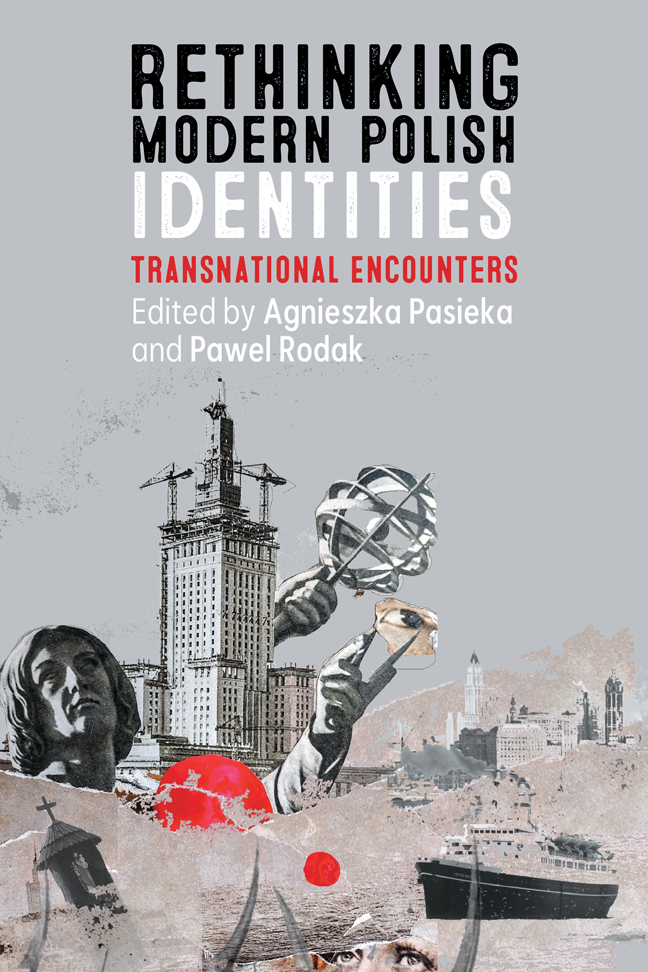Book contents
- Frontmatter
- Contents
- Acknowledgments
- Introduction: Polishness: A Story of Sameness and Difference
- Part One Redefining Polishness
- Part Two Identity in the Making
- Part Three Portraits and Performances
- Afterword: Polishness: A Time of Deconstruction, a Time of Reconstruction
- Notes on the Contributors
- Index of Names
- Index of Subjects
Eleven - Views of Polishness: Style and Representation in Local and National Exhibitions
Published online by Cambridge University Press: 10 January 2024
- Frontmatter
- Contents
- Acknowledgments
- Introduction: Polishness: A Story of Sameness and Difference
- Part One Redefining Polishness
- Part Two Identity in the Making
- Part Three Portraits and Performances
- Afterword: Polishness: A Time of Deconstruction, a Time of Reconstruction
- Notes on the Contributors
- Index of Names
- Index of Subjects
Summary
The exhibition should, on the other hand, be so arranged as to make sure that from the beautiful statue to the burial urn, the platter, the exquisite glass, the finely woven basket, the whole circulation of the idea of beauty is clearly manifested. That from a tapestry representing the Raphaelian brush with silk thread to the simplest little canvas the whole gamut of the idea of the beautiful present in the work is visualized—then exhibitions will be useful and will do justice to the way the work is esteemed and assessed.
—Cyprian Kamil NorwidThe nineteenth century was marked by great exhibitions. The list of phenomena and processes that revealed themselves in this context is extensive. The world expositions were clear manifestations of imperial clout. Their declared universality was always in service to the great national idea and the utopia of the universal accord that nations of the world would achieve by working together for civilization and progress held in check by a reality of ruthless political and economic competition, territorial disputes, and military tensions that intensified from the mid-nineteenth century onward. Exhibition buildings and entire complexes designed for the purpose were inserted into modernized urban space, sometimes radically redefining it, like the architecture of the 1851 Crystal Palace, the Vienna Prater (which hosted a world fair in 1873), or the Eiffel Tower built for the 1889 Exposition Universelle. Despite the universalizing aspiration, exhibition practice and national identity always proved to be connected. Such connections manifested themselves in various ways and on various levels. The question I would like to focus on here is whether—and, if so, to what extent—the themed exhibitions organized in partitioned Poland served to visualize Polishness. Was it possible, in the reality of a nonexistent nation state, to see the nation manifesting itself apolitically and indifferently at the same time through seemingly incompatible objects: historical artefacts and achievements of contemporary inventors and engineers?
The first line of thought leads to those nineteenth-century Polish exhibitions that were specifically meant to present forms of memory. Here I mean the various “antiquity” shows informed by Romantic narratives, inspired by the philosophy of Johann Herder about national roots and their possible legitimations.
- Type
- Chapter
- Information
- Rethinking Modern Polish IdentitiesTransnational Encounters, pp. 237 - 255Publisher: Boydell & BrewerPrint publication year: 2023

